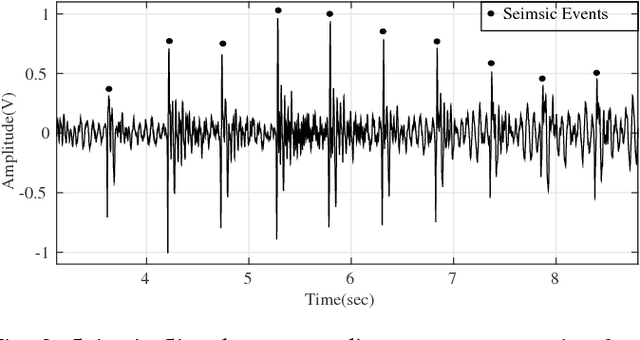Subrat Kar
A Highly Robust Sparse Fractal Array
Dec 01, 2022



Abstract:The term fractal refers to the fractional dimensions that have recursive nature and exhibit better array factor properties. In this article, we present a new class of sparse array where the recursive nature of a fractal can be used in designing an antenna array called a sparse fractal array by combining sparsity properties of the various sparse array and the recursive nature of fractal array. The most important property of the proposed array is the hole-free difference coarray which makes it a good choice for DOA estimation as various algorithms like coarray MUSIC etc demand hole-free difference coarray. But the performance of any array depends on the presence of essential and nonessential sensors in it which governs whether the difference coarray will get affected upon sensor failure or not. Hence, in this paper, a rigorous analysis is done for various combinations of sparse fractal arrays to test their robustness in presence of a faulty sensor environment.
Person Identification using Seismic Signals generated from Footfalls
Sep 24, 2018



Abstract:Footfall based biometric system is perhaps the only person identification technique which does not hinder the natural movement of an individual. This is a clear edge over all other biometric systems which require a formidable amount of human intervention and encroach upon an individual's privacy to some extent or the other. This paper presents a Fog computing architecture for implementing footfall based biometric system using widespread geographically distributed geophones (vibration sensor). Results were stored in an Internet of Things (IoT) cloud. We have tested our biometric system on an indigenous database (created by us) containing 46000 footfall events from 8 individuals and achieved an accuracy of 73%, 90% and 95% in case of 1, 5 and 10 footsteps per sample. We also proposed a basis pursuit based data compression technique DS8BP for wireless transmission of footfall events to the Fog. DS8BP compresses the original footfall events (sampled at 8 kHz) by a factor of 108 and also acts as a smoothing filter. These experimental results depict the high viability of our technique in the realm of person identification and access control systems.
 Add to Chrome
Add to Chrome Add to Firefox
Add to Firefox Add to Edge
Add to Edge